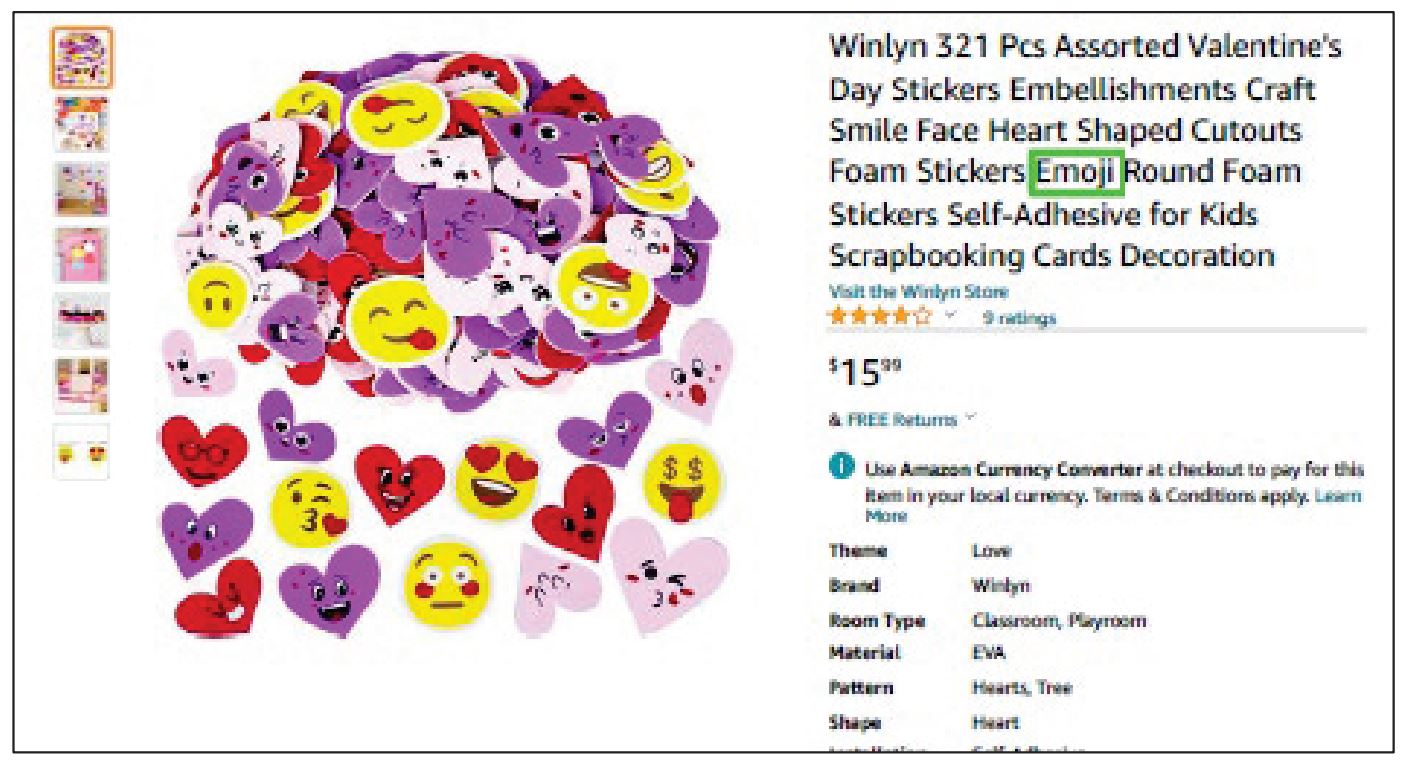Il 2° Board of Appeal EUIPO 28.11.2023, case R 1656/2023-2,BIOTROP PARTICIPAÇÕES S.A c. CIFO srl, la esclude nella seguente fattispecie

Conclude così’:
<<A global assessment of the likelihood of confusion implies some interdependence between
the factors taken into account and, in particular, between the similarity of the trade marks
and that of the goods or services covered. Accordingly, a low degree of similarity between
those goods or services may be offset by a high degree of similarity between the marks,
and vice versa.
40 Nonetheless, the principle of interdependence is not intended to apply mechanically.
Therefore, while it is true that, by virtue of the principle of interdependence, a lesser degree
of similarity between the goods or services covered may be offset by a greater degree of
similarity between the marks, conversely there is nothing to prevent a finding that, in view
of the circumstances of a particular case, there is no likelihood of confusion, even where
identical goods are involved and there is a weak degree of similarity between the marks at
issue (03/05/2023, T-459/22, Laboratorios Ern, SA vs. EUIPO, EU:T:2023:237, § 96).
41 The goods and services are similar to an average and low degree. The signs are visually,
phonetically and conceptually similar to a low degree. The relevant public will show a
high level of attention at the time of purchase.
42 The differences between the signs, arising from their respective endings and the figurative
representation of the contested sign, are not negligible in the overall impression created by
the marks, especially for a public with a higher level of attention. Accordingly, they are
able to compensate for the visual, phonetic and even conceptual similarities that result from
the presence, at the beginning, of the term ‘BIO’, and the string of letters ‘t-r-o’ common
to all the signs (05/10/2020, T-602/19, NATURANOVE, EU:T:2020:463, § 74).
43 It should be stressed that the similarity between the marks at issue created by their prefix
‘bio’ carries very limited weight, if any, in the context of the global assessment of the
likelihood of confusion. Owing to the lack of distinctive character of that prefix, it cannot
be perceived as an indication of commercial origin. The relevant public’s attention will, as
a result, naturally focus more on the elements which differentiate the signs at issue and, in
particular, on the suffixes ‘tron’ in the earlier marks and ‘trop’ in the contested mark and
on the figurative elements in that mark (03/05/2023, T-459/22, Laboratorios Ern, SA vs.
EUIPO, EU:T:2023:237, § 101).
44 In this respect, it would be against the rationale of the EUTMR to give too much
importance in the assessment of a likelihood of confusion to non-distinctive elements. It
would be inappropriate if a proprietor of a trade mark composed of figurative and/or verbal
elements, where each of them taken alone or in combination are non-distinctive, were in
the position to successfully claim a likelihood of confusion based on the presence of one of these elements in the other sign. This would result in unduly broad protection for
descriptive and non-distinctive elements, which would prohibit other competitors from
using the same descriptive and non-distinctive elements as components of their trade
marks, especially if the use of such a term is in accordance with honest practice in
commercial matters (18/09/2013, R 1462/2012-G, ULTIMATE GREENS / ULTIMATE
NUTRITION, § 62).
45 It follows that excessive protection of marks consisting of elements which, as in the present
case, have weak distinctive character, if any, in relation to the goods or services at issue,
could adversely affect the attainment of the objectives pursued by trade mark law, if, in the
context of the assessment of the likelihood of confusion, the mere presence of such
elements in the signs at issue led to a finding of a likelihood of confusion without taking
into account the remainder of the specific factors in the present case (18/01/2023,
T-443/21, YOGA ALLIANCE INDIA INTERNATIONAL (fig.)/ yoga ALLIANCE (fig.),
EU:T:2023:7, § 117-118)>>.
Lasciua ad es perplessi uil § 29 : <<Furthermore, the mere fact that the marks at issue are composed of the same number of letters, some of which coincide, is not decisive. Since the alphabet is made up of a limited number of letters, which, moreover, are not all used with the same frequency, it is inevitable that many words will have the same number of letters and even share some of them, but they cannot, for that reason alone, be regarded as visually similar. In addition, the public is not, in general, aware of the exact number of letters in a word mark and, consequently, will not notice, in the majority of cases, that two conflicting marks have the same number of letters (03/05/2023, T-459/22, Laboratorios Ern, SA vs. EUIPO, EU:T:2023:237, § 63)>>.
TAle limitatezza va superata cambiando radicalmente i. segno: non c’è era obbligo di legge di adottare quello de quo.
Infine, per il Board c’è affinità tra la produzione di certi beni e il servizio di retail dei medesimi (così almeno interpretererei il primo punto, non chiarissimo): <<23.Indeed, generally, retail services concerning the sale of particular goods are similar to these particular goods [cioè alla loro produzione? o vendita all’ingrosso?]. Although the nature, purpose and method of use of these goods and services are not the same, they present some similarities, as they are complementary and the services are generally offered through the same trade channels (where the goods are offered for sale) and they target the same public (24/09/2008, T-116/06, ‘O Store’, EU:T:2008:399, § 60)>>.
(segnalazione e link di Marcel Pemsel inIPJKat , critico sulla decisione)



